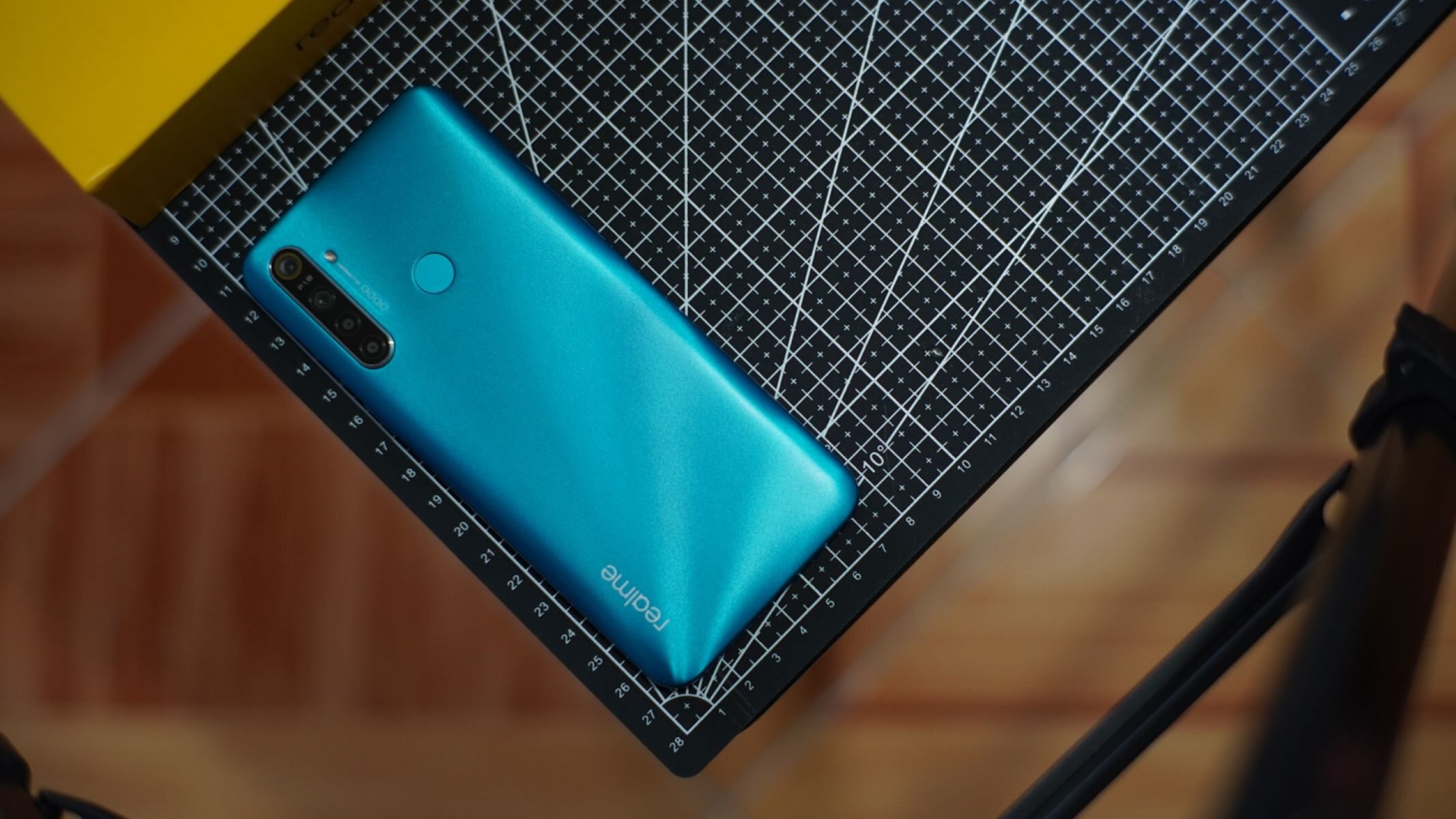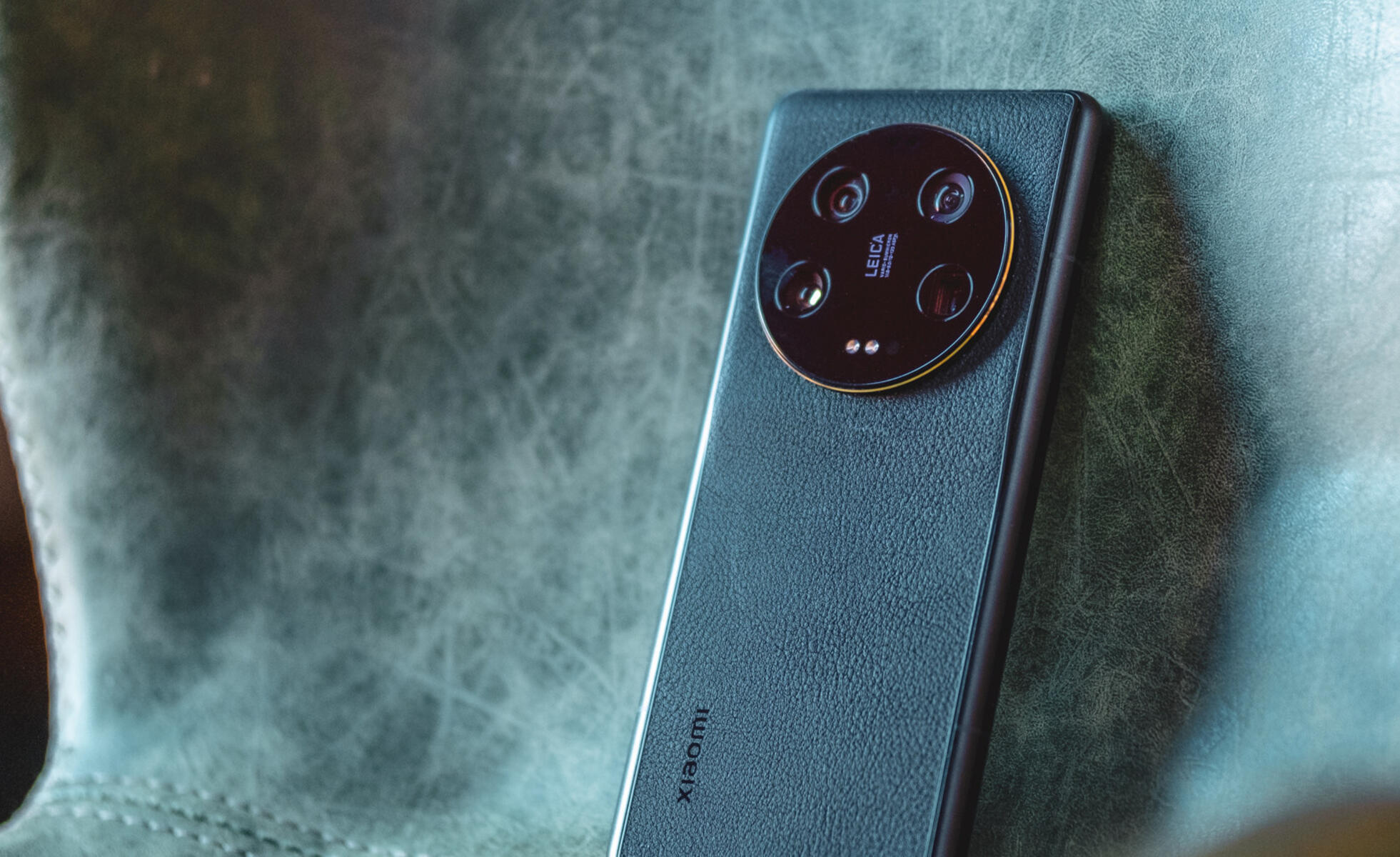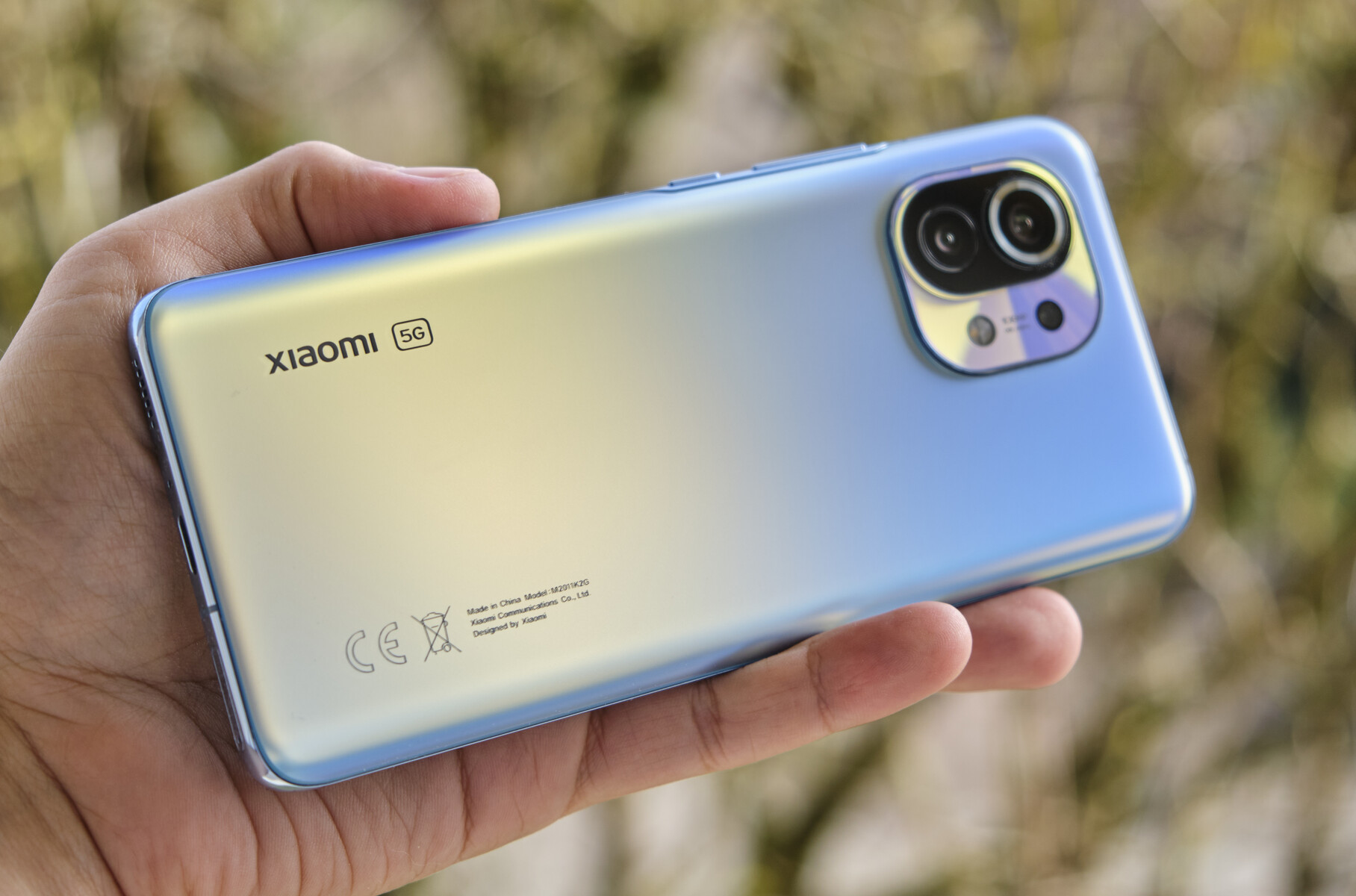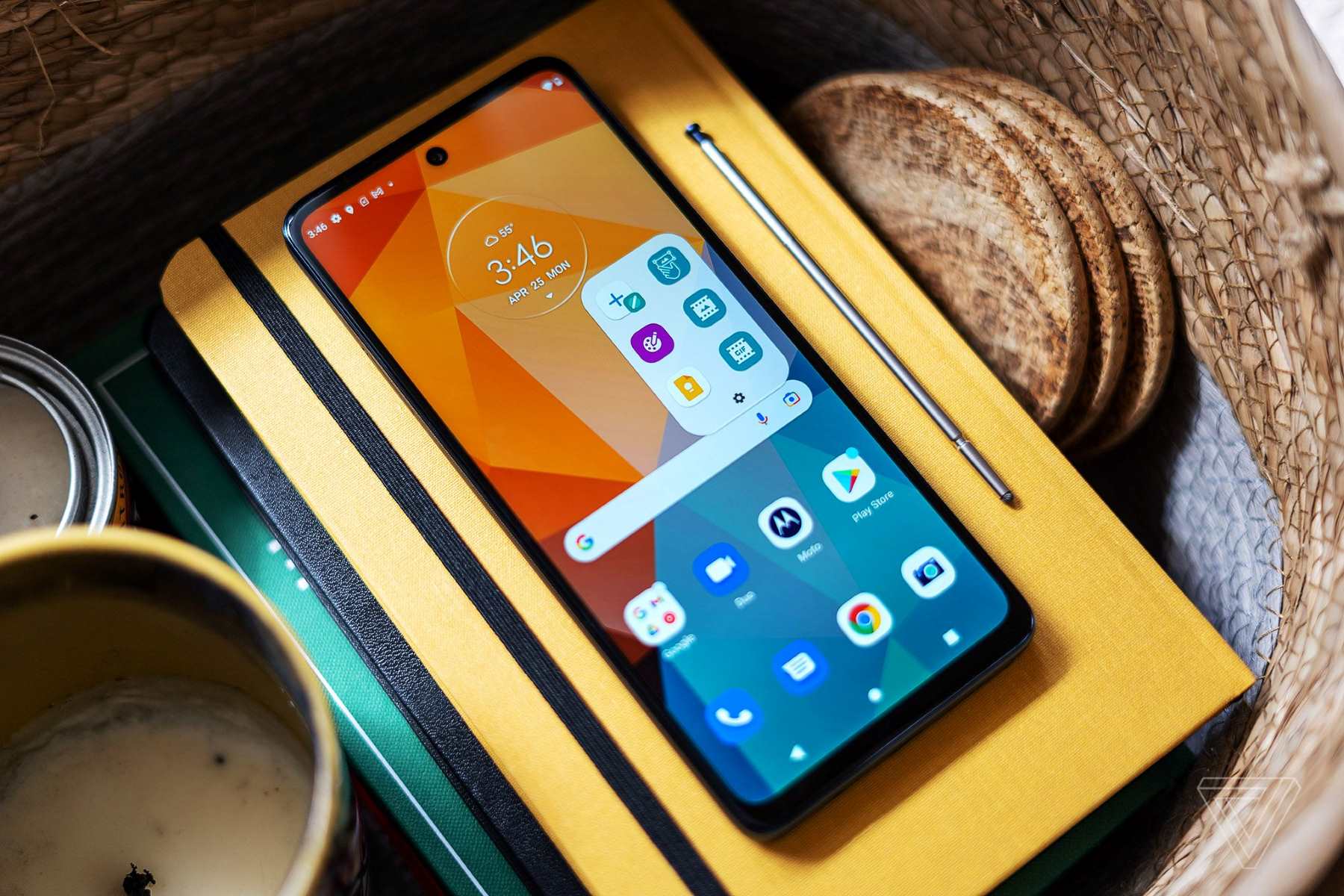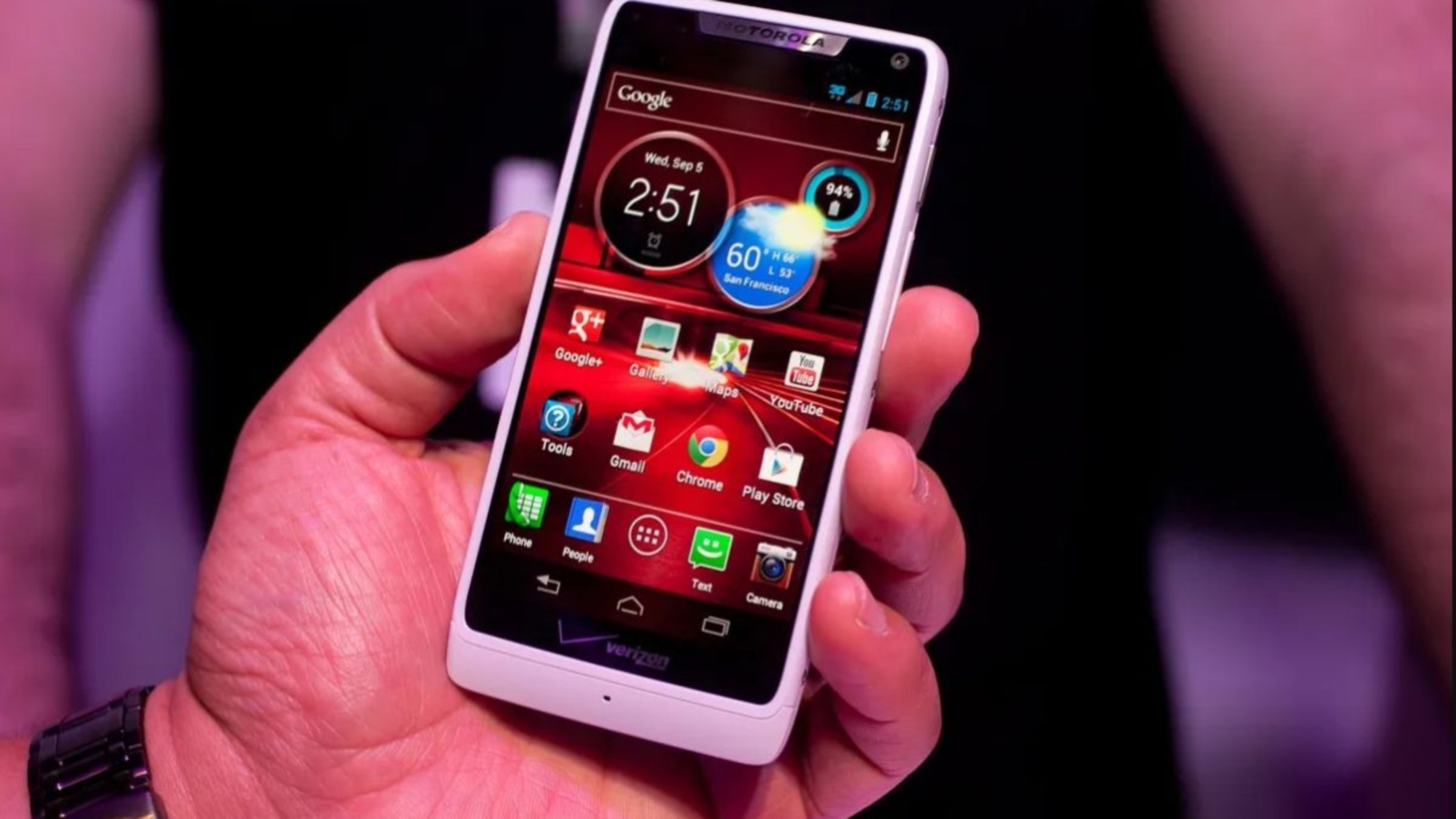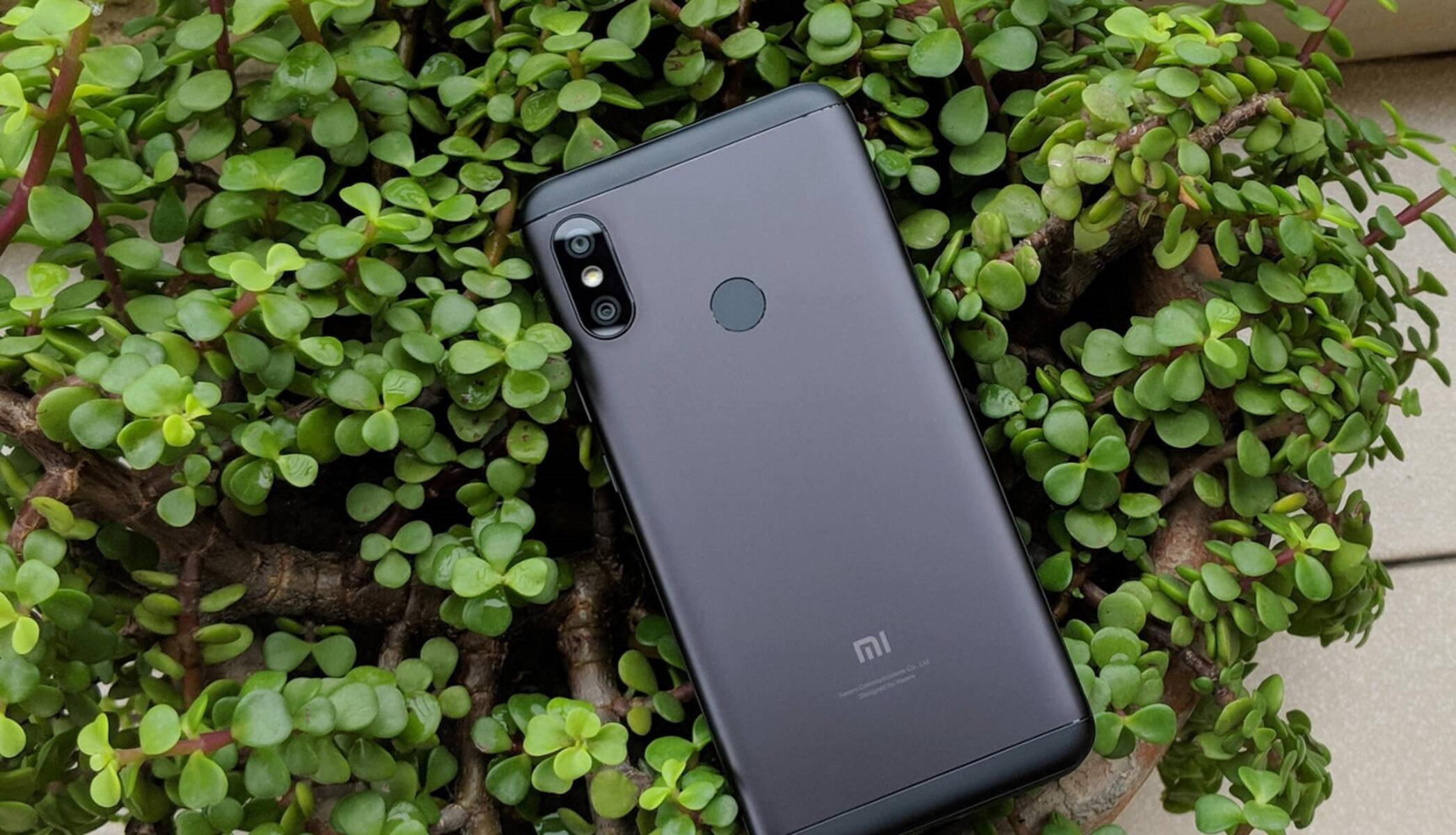Introduction
Flashing a Realme smartphone can breathe new life into your device, offering enhanced performance, additional features, and the latest Android updates. Whether you're a tech enthusiast or simply seeking to optimize your smartphone experience, the process of flashing your Realme device can be both rewarding and empowering.
By following this step-by-step guide, you'll gain a comprehensive understanding of the flashing process, enabling you to customize your Realme smartphone according to your preferences. From backing up your data to unlocking the bootloader and installing a custom ROM, each step plays a crucial role in transforming your device into a personalized powerhouse.
Flashing your Realme smartphone is not only about customization; it's also an opportunity to explore the vast world of custom ROMs, each offering unique features and optimizations. This process allows you to break free from the limitations of stock firmware and experience a new level of control over your device's functionality and appearance.
Throughout this guide, you'll embark on a journey that empowers you to take charge of your Realme smartphone, unlocking its full potential and enjoying a tailored user experience. So, without further ado, let's delve into the exciting realm of flashing your Realme smartphone and unleash its true capabilities.
Step 1: Backup Your Data
Before embarking on the exhilarating journey of flashing your Realme smartphone, it's crucial to safeguard your valuable data. The process of flashing involves modifying the device's firmware, which can potentially lead to data loss if not approached with caution. Therefore, taking the time to back up your data ensures that your cherished photos, important documents, and personal settings remain secure throughout the flashing process.
To initiate the backup process, start by transferring your photos, videos, and other media files to a computer or cloud storage service. This step not only creates a backup but also frees up space on your device, streamlining the overall backup process. Additionally, consider exporting your contacts, calendar events, and app data to a secure location, such as Google Drive or a dedicated backup app.
Furthermore, Realme smartphones offer a built-in backup feature that simplifies the process of safeguarding your data. Navigate to the "Settings" menu, locate the "Additional Settings" option, and select "Backup and Reset." From here, you can create a comprehensive backup of your device, including app data, system settings, and even call logs. This built-in backup functionality serves as an efficient way to preserve your data and settings before proceeding with the flashing process.
In addition to the aforementioned steps, it's essential to ensure that your device's battery is adequately charged before initiating the backup. A fully charged battery mitigates the risk of interruptions during the backup process, guaranteeing that all your data is securely preserved without any unexpected disruptions.
By diligently backing up your data, you not only safeguard your cherished memories and essential information but also pave the way for a seamless and worry-free flashing experience. This proactive approach empowers you to embark on the flashing journey with confidence, knowing that your data is securely preserved and ready to be restored once the flashing process is complete.
With your data safely backed up, you're now prepared to delve into the next exhilarating step of this flashing guide, setting the stage for a transformative and personalized smartphone experience.
Step 2: Download Necessary Files
To embark on the journey of flashing your Realme smartphone, it's essential to gather the necessary files and tools that will facilitate a smooth and successful flashing process. These files include the custom ROM, custom recovery, and any additional firmware or utilities required to customize and optimize your device.
-
Custom ROM: The custom ROM serves as the foundation of the personalized experience you seek to achieve with your Realme smartphone. It offers a tailored interface, enhanced performance, and a plethora of customization options. To begin, research and select a custom ROM that aligns with your preferences and requirements. Popular custom ROMs such as LineageOS, Pixel Experience, and Resurrection Remix are renowned for their stability, performance, and feature-rich nature. Once you've identified the ideal custom ROM for your device, proceed to download it from a reputable source, ensuring that it is compatible with your specific Realme smartphone model.
-
Custom Recovery: A custom recovery is an essential tool that enables you to install custom ROMs, perform system backups, and execute advanced maintenance tasks on your device. TWRP (Team Win Recovery Project) is a widely acclaimed custom recovery that offers an intuitive interface and robust functionality. Prior to downloading the custom recovery, verify that it is compatible with your Realme smartphone model and version of Android. Once confirmed, download the appropriate TWRP or custom recovery image file to prepare for the installation process in the subsequent steps.
-
Additional Firmware and Utilities: Depending on the custom ROM and specific customizations you intend to implement, you may require additional firmware, such as Google Apps (GApps), to enable essential services such as the Google Play Store, Gmail, and Google Maps. Furthermore, certain customizations may necessitate the use of specific utilities or scripts to optimize performance, customize the user interface, or enhance system functionality. Research and identify any additional firmware or utilities required for your desired customizations, and ensure that they are compatible with both the custom ROM and your Realme smartphone model.
By meticulously gathering these necessary files and tools, you set the stage for a seamless and rewarding flashing experience. The careful selection and acquisition of the custom ROM, custom recovery, and any supplementary firmware or utilities empower you to tailor your Realme smartphone according to your unique preferences, unlocking its full potential and transforming it into a personalized powerhouse. With these essential files at your disposal, you're now prepared to progress to the subsequent steps of the flashing process, each contributing to the realization of your customized smartphone vision.
Step 3: Enable USB Debugging and OEM Unlocking
Enabling USB debugging and OEM unlocking are pivotal preparatory steps that pave the way for the subsequent stages of flashing your Realme smartphone. These essential procedures grant you the necessary permissions and access to modify the device's firmware, ensuring a seamless and secure flashing process.
USB Debugging
USB debugging serves as a bridge between your Realme smartphone and a computer, allowing for advanced operations and debugging tasks. To enable USB debugging, navigate to the device's "Settings" menu, select "About Phone," and tap on the "Build Number" multiple times until the message "You are now a developer" appears. This action unlocks the developer options on your device. Next, return to the main "Settings" menu, access "Developer Options," and toggle the "USB Debugging" option to enable it. Upon completion, your Realme smartphone is now equipped to communicate with external tools and utilities, a crucial capability for the subsequent stages of the flashing process.
OEM Unlocking
OEM unlocking, or Original Equipment Manufacturer unlocking, is a fundamental prerequisite for modifying the device's bootloader and installing custom firmware. To initiate OEM unlocking, begin by powering off your Realme smartphone. Once powered off, simultaneously press and hold the "Volume Down" and "Power" buttons to enter the device's Fastboot mode. From here, connect your device to a computer using a USB cable. Subsequently, open a command prompt or terminal window on your computer and enter the command "fastboot oem unlock." This command triggers the OEM unlocking process, granting you the ability to modify the device's bootloader and proceed with the installation of custom recovery and firmware.
By meticulously executing the steps to enable USB debugging and OEM unlocking, you establish a solid foundation for the subsequent stages of the flashing process. These preparatory measures not only empower you to communicate with external tools and utilities but also unlock the essential permissions required to customize and optimize your Realme smartphone. With USB debugging and OEM unlocking successfully enabled, you're now poised to embark on the next exhilarating phase of this transformative journey, each step bringing you closer to realizing your personalized smartphone vision.
Step 4: Unlock Bootloader
Unlocking the bootloader of your Realme smartphone is a pivotal step that grants you the freedom to modify the device's firmware and install custom recovery and firmware. By unlocking the bootloader, you unleash the full potential of your device, enabling advanced customizations and optimizations that transcend the limitations of stock firmware.
To initiate the bootloader unlocking process, begin by powering off your Realme smartphone. Once powered off, enter the device's Fastboot mode by simultaneously pressing and holding the "Volume Down" and "Power" buttons. In Fastboot mode, connect your device to a computer using a USB cable.
Next, open a command prompt or terminal window on your computer and enter the command "fastboot flashing unlock." This command triggers the bootloader unlocking process, prompting a confirmation message on your device. Proceed by using the volume keys to navigate to "Unlock the Bootloader" and confirm your selection by pressing the power button.
It's important to note that unlocking the bootloader results in the erasure of all data on your device. Therefore, it's crucial to ensure that you've completed the necessary data backup as outlined in the earlier steps of this guide. By safeguarding your data, you can proceed with the bootloader unlocking process with confidence, knowing that your valuable information is securely preserved and ready to be restored post-unlocking.
Upon confirming the bootloader unlocking process on your Realme smartphone, the device's bootloader is successfully unlocked, granting you the freedom to install custom recovery and firmware. This pivotal achievement sets the stage for the subsequent steps of flashing your Realme smartphone, each contributing to the realization of a personalized and optimized user experience.
With the bootloader successfully unlocked, you've crossed a significant milestone in the flashing process, positioning yourself to delve into the exciting realm of custom ROMs and advanced customizations. This transformative journey empowers you to take charge of your Realme smartphone, unlocking its full potential and embarking on a personalized smartphone experience tailored to your unique preferences and requirements.
Step 5: Install Custom Recovery
Installing a custom recovery is a pivotal step in the process of flashing your Realme smartphone, as it empowers you to execute advanced maintenance tasks, create system backups, and install custom firmware with unparalleled ease and flexibility. The custom recovery serves as a gateway to the heart of your device's firmware, offering a secure and intuitive interface for implementing transformative customizations and optimizations.
To commence the installation of a custom recovery on your Realme smartphone, it's essential to ensure that the necessary files and tools, including the custom recovery image file, are readily available. As mentioned in the earlier steps, TWRP (Team Win Recovery Project) is a widely acclaimed custom recovery known for its robust functionality and user-friendly interface. Therefore, the first step involves downloading the appropriate TWRP or custom recovery image file that is compatible with your specific Realme smartphone model and version of Android.
Once the custom recovery image file is obtained, the installation process unfolds with precision and care. Begin by powering off your Realme smartphone and entering the device's Fastboot mode by simultaneously pressing and holding the "Volume Down" and "Power" buttons. In Fastboot mode, connect your device to a computer using a USB cable to establish a seamless connection for the subsequent installation steps.
Next, open a command prompt or terminal window on your computer and navigate to the directory where the custom recovery image file is located. Execute the command "fastboot flash recovery [recovery_filename.img]" to initiate the installation of the custom recovery. Replace "[recovery_filename.img]" with the actual filename of the custom recovery image file. This command triggers the installation process, seamlessly integrating the custom recovery into the core of your Realme smartphone's firmware.
Upon successful installation, reboot your device into the newly installed custom recovery to verify its functionality and ensure a seamless transition. This pivotal achievement marks a significant milestone in the flashing process, positioning your Realme smartphone to embrace the next phase of customization and optimization with confidence and enthusiasm.
With the custom recovery seamlessly integrated into your device, you've unlocked a realm of possibilities, enabling you to explore a diverse array of custom ROMs, advanced system tweaks, and transformative customizations. This transformative journey empowers you to take charge of your Realme smartphone, unlocking its full potential and embarking on a personalized smartphone experience tailored to your unique preferences and requirements.
Step 6: Flash Custom ROM
Flashing a custom ROM onto your Realme smartphone is a transformative process that transcends the boundaries of stock firmware, offering a tailored user experience, enhanced performance, and a plethora of customization options. This pivotal step empowers you to break free from the constraints of pre-installed software, opening the door to a vibrant ecosystem of custom ROMs that cater to diverse preferences and requirements.
To embark on the exhilarating journey of flashing a custom ROM, it's essential to ensure that the custom ROM file, compatible with your specific Realme smartphone model, is readily available. Once the custom ROM file is obtained, the flashing process unfolds with precision and care, setting the stage for a personalized and optimized user experience.
Commence the flashing process by transferring the custom ROM file to your Realme smartphone's internal storage or external SD card, ensuring seamless accessibility during the subsequent installation steps. Next, reboot your device into the custom recovery, which serves as the gateway to executing advanced maintenance tasks and installing custom firmware.
Within the custom recovery interface, navigate to the "Install" or "Install from SD Card" option, depending on the specific custom recovery installed on your device. Locate and select the custom ROM file that you transferred to your device's storage, initiating the flashing process with a simple tap or confirmation.
The flashing process may vary in duration, depending on the size of the custom ROM file and the performance capabilities of your Realme smartphone. Once the flashing process is complete, you're prompted to reboot your device, signaling the seamless integration of the custom ROM into the core of your device's firmware.
Upon rebooting, your Realme smartphone embraces the transformative power of the custom ROM, unveiling a tailored user interface, enhanced performance optimizations, and a diverse array of customization options. This pivotal achievement marks a significant milestone in the flashing process, positioning your device to embrace a personalized and optimized user experience with confidence and enthusiasm.
With the custom ROM seamlessly integrated into your device, you've unlocked a realm of possibilities, enabling you to explore a diverse array of advanced system tweaks, unique features, and a vibrant community-driven ecosystem. This transformative journey empowers you to take charge of your Realme smartphone, unlocking its full potential and embarking on a personalized smartphone experience tailored to your unique preferences and requirements.
Step 7: Reboot and Enjoy!
As you reach the culmination of the flashing process, the final step of rebooting your Realme smartphone marks the beginning of an exhilarating journey into a personalized and optimized user experience. With the custom ROM seamlessly integrated and the custom recovery at your disposal, your device is primed to unveil a vibrant ecosystem of advanced features, enhanced performance, and a diverse array of customization options.
Upon rebooting your device, you're greeted by the transformative power of the custom ROM, which introduces a tailored user interface, optimized system functionalities, and a seamless integration of your personalized preferences. The familiar Realme interface is now infused with a new level of flexibility and control, allowing you to explore a myriad of customization options, advanced system tweaks, and community-driven enhancements.
The reboot signifies the seamless transition from the standard firmware to a realm of possibilities, where your Realme smartphone transcends its original limitations and embraces a new identity tailored to your unique preferences and requirements. As the device springs to life with the custom ROM, you're empowered to delve into a vibrant ecosystem of customizations, performance optimizations, and feature-rich enhancements, each contributing to a truly personalized smartphone experience.
With the flashing process complete and your Realme smartphone rebooted, you're now positioned to savor the fruits of your efforts, embracing a device that reflects your individuality and preferences. Whether it's the enhanced performance, the diverse array of customization options, or the vibrant community-driven ecosystem, the reboot signifies the dawn of a new era for your Realme smartphone, where every interaction and experience is tailored to your unique vision.
As you navigate through the interface, explore the advanced system tweaks, and immerse yourself in the diverse array of customizations, the journey of flashing your Realme smartphone culminates in a transformative and empowering experience. The reboot serves as a gateway to a world of possibilities, where your device becomes a true reflection of your preferences and requirements, setting the stage for an enriched and personalized smartphone journey.
In essence, the reboot signifies the dawn of a new chapter for your Realme smartphone, where every interaction, customization, and feature embodies your unique vision, transforming your device into a personalized powerhouse that resonates with your individuality and preferences.







